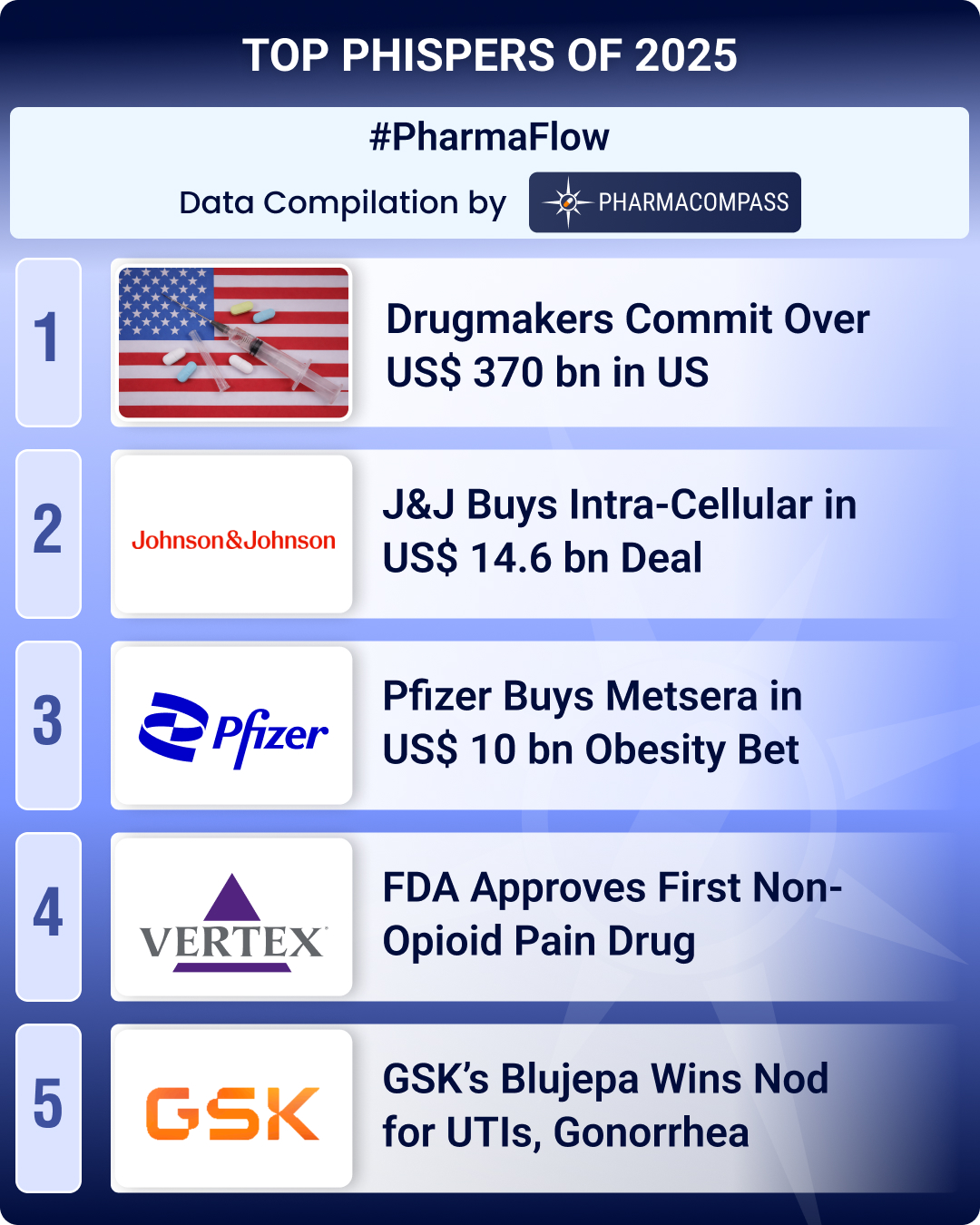Overview of Impurity Reference Standards (IRS) & leading CMOs, CDMOs, contact manufacturers offering reference standards for API manufacturing.
Q1. What are pharmaceutical reference standards and what are the uses?
A pharmaceutical reference standard is a highly characterized material suitable to test the identity, strength, quality and purity of substances for pharmaceutical use and medicinal products.
The US Food and Drug Administration defines a reference-standard material as a "highly purified compound that is well characterized". Scientists performing analytical services use drug reference standards to determine quantitative and qualitative data, performance standards, and calibrators.
These highly purified compounds are authentic specimens which have been approved by the designated agency in the given country as suitable for use as comparison standards in the test and assays specified in the official pharmacopoeia of the country.
Pharmaceutical reference standards (RS) serve as the basis of evaluation for both process and drug product performance and are the benchmarks for the assessment of drug potency for patient consumption.
Consequently, an overriding theme is that at any phase of drug development, a reference standard should be assessed versus its intended use and a balance should be struck between resource commitments, scientific judgement, and regulatory requirements.
Quality API reference standards are used to help ensure the identity, potency, quality and purity of drug substances. This is accomplished by analyzing the drug substance against its qualified pharmaceutical reference standard (RS), so the quality and purity of reference standard-materials are critical for reaching scientifically valid results.
For new drug substances, impurities in the drug reference standards intended for use in assays should be adequately identified and controlled and the purity should ultimately be measured by a certified quantitative procedure.
Some Uses of Pharmaceutical Reference Standards (RS):
- Drug reference standards are used to support measurements related to chemical, biological, physical and miscellaneous areas.
- Reference standards may be used for analytical method development and validation.
- Reference standards are used for calibration, measurement uncertainty, training, internal QC, proficiency testing, etc.
- RS are used for substance characterization for chemical purity and trace impurities and for assigning values to materials.
- Reference standards (RS) are used for infrared and ultraviolet spectrophotometry, chromatographic separation, etc.
Q2. What are the different types and sources of reference-standard materials?
Depending on the sources of reference-standard materials, there are mainly two types of reference standards, namely compendial and non compendial reference standard materials (RSM). Other reference standards may include pharmacopoeial reference standards, certified reference standards, impurity reference standards (Impurity RS), analytical reference standards, etc.
Compendial reference standards are referred to as Primary Reference Standards (Primary RS), and non compendial, highly characterized in-house analytical reference standards are referred to as Secondary Reference Standards (Secondary RS).
- Primary Reference Standard (Primary RS)
In the pharmaceutical context, a primary reference standard or a primary RS is a standard for which the properties (usually identity, very often also purity/assay values) have been characterized by certain analytical techniques, without, however, being compared to any other standard of the same kind.
Primary reference standard sources in different countries include United States Pharmacopeia (USP), European Pharmacopeia (EP), Japanese Pharmacopeia (JP), Swiss Pharmacopeia (SP), French Pharmacopeia (FP), Mexican Pharmacopeia (MP), Nation Institute for Standards and Testing (NIST, in India), etc.
Thus, primary standards may also be referred to as pharmacopoeial reference standards. A pharmacopoeial reference standard is a reference standard for active ingredients, excipients and impurity substances established under the aegis of and approved by the relevant Pharmacopoeia, like the ones noted above.
- Secondary Reference Standard (Secondary RS) or Working Standard
In cases where primary standards are not available for either active pharmaceutical ingredients (APIs) or impurities or degradation products, through compendial sources, then a non-compendial reference standard (secondary standard) must be established through implementation of a RSM qualification program.
A Secondary Reference Standard (Secondary RS) is established by comparison with a primary standard. A secondary standard or working standard may be used for routine quality control purposes or for any of the uses of primary standards provided that it is established with reference to the primary standard.
Secondary standard or working standard sources include custom manufacturers, contract manufacturers, chemical suppliers, Contract Manufacturing Organizations (CMO), Contract Development and Manufacturing Organizations (CDMO), etc.
Some Other Types of Reference Standards
- Certified Reference Standards (RS)
A certified reference standard is characterized by a metrologically valid procedure for one or more specified properties, accompanied by a certificate that states the value of the specified property, its associated uncertainty, and a statement of metrological traceability.
- Impurity Reference Standard (IRS) or Impurity RS
Unidentified, potentially toxic impurities are health hazards. To increase the safety of drug therapy, impurities should be recognized and their content in APIs must be managed according to ICH and FDA guidelines via an impurity RS, also known as an Impurity Reference Standard (IRS).
Impurities in active pharmaceutical ingredients (APIs) can change the properties of a drug significantly and the importance of impurity reference standards (IRS) and materials has become clear for the registration process, where exact identification and quantification of impurities is essential for documentation.
- Analytical Reference Standards
Analytical reference standards depend on many variables to provide the credible data needed to make informed decisions. The quality of the data is only as good as the reference material or purified compound used to calibrate the measurement device. High quality pharmaceutical reference standard materials (RSM) are available only from organizations with a robust quality system.
Q3. What are the different types of impurities and how are they detected?
Potentially toxic chemical impurities in drugs are one of the biggest problems of API manufacturing and development. Because of this, one of the most important tasks of any Contract Manufacturing Organization (CMO), Contract Development and Manufacturing Organization (CDMO), custom manufacturer, etc. is the identification of impurities and to control impurities before they impact the quality, efficacy and safety of drugs, as well as cause costly project delays.
Chemical impurities in a drug substance can arise due to API manufacturing and development processes, degradation, storage conditions, container, excipients, or contamination. Depending on the source, impurities in APIs are classified into organic impurities, inorganic impurities and residual solvents.
Quantitative determination of these impurities could be used as a method for the quality control and validation of drug substances. Regulatory authorities such as US FDA, CGMP, TGA, and MCA insist on the impurity profiling of drugs.
- Organic Impurities
Organic impurities are often process-related or drug-related pharmaceutical impurities. These types of contaminants are most likely to arise during the synthesis, purification, and storage of a drug substance. A few examples of such chemical impurities include starting materials, by-products, intermediates, degradation products, reagents, ligands, and catalysts.
Analytical services are required to detect organic impurities which may include chromatography, spectroscopy, microscopy, etc. The quantification of an impurity is performed by using a solution of the reference substance of the impurity. More specifically, the quality of a chemical active pharmaceutical ingredient with respect to organic impurities is controlled by a set of tests within a pharmacopoeial monograph.
- Inorganic Impurities
Inorganic impurities often derive from impurities in process manufacturing. These are unforeseen impurities found in the final drug product. Inorganic impurities include filter aids, color removing agents such as charcoal, reaction rate modifiers (catalysts), ligands, and heavy metals. Inorganic contaminants can be detected and quantified using pharmacopeial standards or other appropriate procedures.
Carry-over of catalysts to the new drug substance should be evaluated during development. The need for inclusion or exclusion of inorganic impurities in the new drug substance specification should be discussed. Acceptance criteria should be based on pharmacopoeial standards or known safety data. There are various methods to control impurities such as inorganic impurities.
- Residual Solvents
Residual solvents in pharmaceuticals are defined as organic volatile chemicals that arise due to impurities in process manufacturing of drug substances or excipients, or in the preparation of drug products. Residual solvents are classified into three classes including solvents to be avoided or class I, solvents to be limited or class II, and solvents with low toxic potential or class III. It’s imperative to control impurities related to residual solvents. The control of residue of unwanted solvents in the cGMP API manufacturing and development process should be discussed and carried out according to the ICH guideline for residual solvents.
Q4. What are the different strategies for selecting representative material used as the first reference standard or the primary reference standard?
A reference material (RM) is defined as a material in which one or more property values is homogenous enough and well defined that it can be used for the calibration of devices, assessment of a measuring method or assignment of values to materials. Proper selection of the right reference material for the laboratory’s testing application is important, because results are only as accurate as your reference.
The primary reference standard is usually created during phase 3 or late-stage development. Primary reference standards should represent the commercialization process and have attributes linked to clinically qualified material.
However, commercial material representative of the clinical product may also serve as the primary reference standard. In either case, sufficient material should be available to have enough primary standard to use for an extended period of time.
Strategies For Selecting Representative Material For Primary Reference Standards:
- During the selection of reference material there are some points that should be considered like the availability of Reference Materials (RM), suitability of RM in favor of uncertainty, certifying methods, date of certification, expiration date, sampling size, storage condition and special instructions if necessary.
- Fit for purpose decisions in selection of reference materials can depend on several factors, from regulatory requirements, availability, and type of testing application to level of accuracy and sample matrix.
- The commercial working reference standard will be compared to primary reference prior to the commercialization of supplies. Primary reference standards can be obtained from an officially recognized source, prepared by independent synthesis, obtained from existing drug production material of high purity, or may be prepared by further purification of existing drug production material.
- The first interim reference material is derived from either tox material or an early GMP run. As per ICH guidelines the quality attributes of the reference material should be representative of drug production and clinical trials. Ideally the purity profile of the material should represent expected impurities and product-related variants to allow comparison against the reference.
Q5. Which are the different pharmaceutical companies offering reference standards?
Various pharmacopeias, custom manufacturers, contract manufacturers, Contract Manufacturing Organizations (CMO), Contract Development and Manufacturing Organizations (CDMO), etc. offer pharmaceutical development and manufacturing services for outsourcing primary and secondary reference standards along with other API support services.
Some Leading Companies for Outsourcing Reference Standards:
USP - API Reference Standards
USP offers primary standards to ensure quality in pharmaceutical development and manufacturing. USP’s reference standards are rigorously tested and evaluated by multiple independent laboratories including USP, commercial, regulatory and academic labs.
USP also provides publicly available, official documentary standards for pharmaceutical ingredients in the USP–NF that link directly with its primary reference standards. When you use these standards together, you know you’re gaining value beyond the vial.
Aozeal Certified Standards - Synthesis Of Impurities and Reference Standards
Aozeal Certified Standards (AOCS), Inc. is a high-tech biopharmaceutical company specialized in the custom synthesis and supply of API impurities and other pharmaceutical reference standards (RS) as per a customers’ desired purity, characterization and quantity.
They are the leading contract manufacturer and supplier for outsourcing pharmaceutical reference standard materials (RSM), such as drug working standards, drug impurity standards, drug metabolites and stable isotope labelled compounds, etc. They are the front runner in manufacturing complicated drug impurity standards or reference materials used for the identification of impurities in APIs.
Curia - Isolation and Identification of Impurities
Curia, previously known as AMRI, is a pharma CDMO that offers pharmaceutical development and manufacturing integrated services . Its scientists apply LC/MS as a profiling technique to systematically monitor process-related impurities and offer pharmaceutical process development services. They have expertly designed chromatographic and classic methods for the enhancement and isolation of critical impurities.
Upon identification of the target impurity, they offer calling up production processes for the isolation of gram quantities of impurities or degradants. It has kilogram-scale GMP manufacturing capabilities that help you reliably and cost-effectively identify and quantify impurities across research, drug development and commercialization.
LEBSA - API Reference Standards
LEBSA is a pharma CDMO with a GMP pilot plant for manufacturing active pharmaceutical ingredients (APIs) along with other API support services in Spain. The plant is fully automated and develops APIs in a scalable, secure and environmentally friendly way for the third parties.
LEBSA has kilogram-scale GMP manufacturing capabilities and offers the complete development of impurities, APIs and “building blocks” along with pharmaceutical process development services in cooperation with and supervised by the interested party.
Recipharm AB - Reference Standards
Recipharm is a pharma CDMO that supports impurity management at every stage of the drug development lifecycle, from initial identification to synthesis of pharmaceutical reference standard materials (RSM) with high quality standards.
It also offers API support services such as pharmaceutical process development services, development chemistry services including route scouting, preparation of reference standards, analytical services, impurity profiling, and other integrated services. It has kilogram-scale GMP manufacturing capabilities and offers the identification and synthesis of proposed impurities or metabolites.
All Suppliers






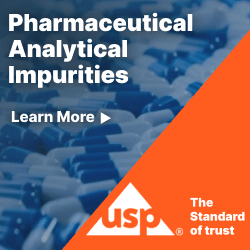
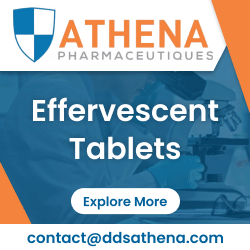

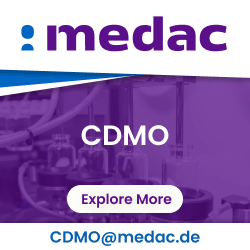
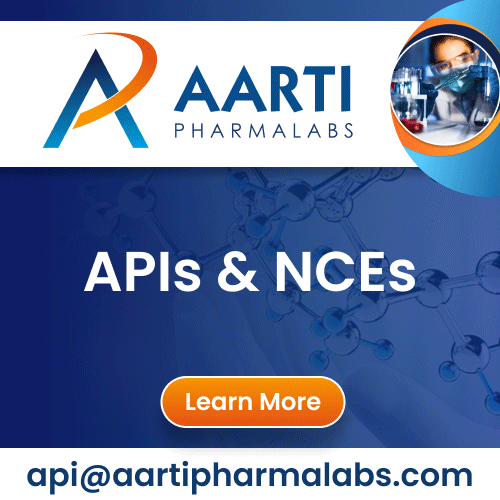
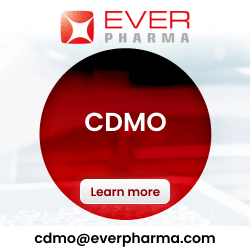




 USP reference standards; highly characterized specimens of drug substances, impurities, excipients, degradation products & more.
USP reference standards; highly characterized specimens of drug substances, impurities, excipients, degradation products & more.






